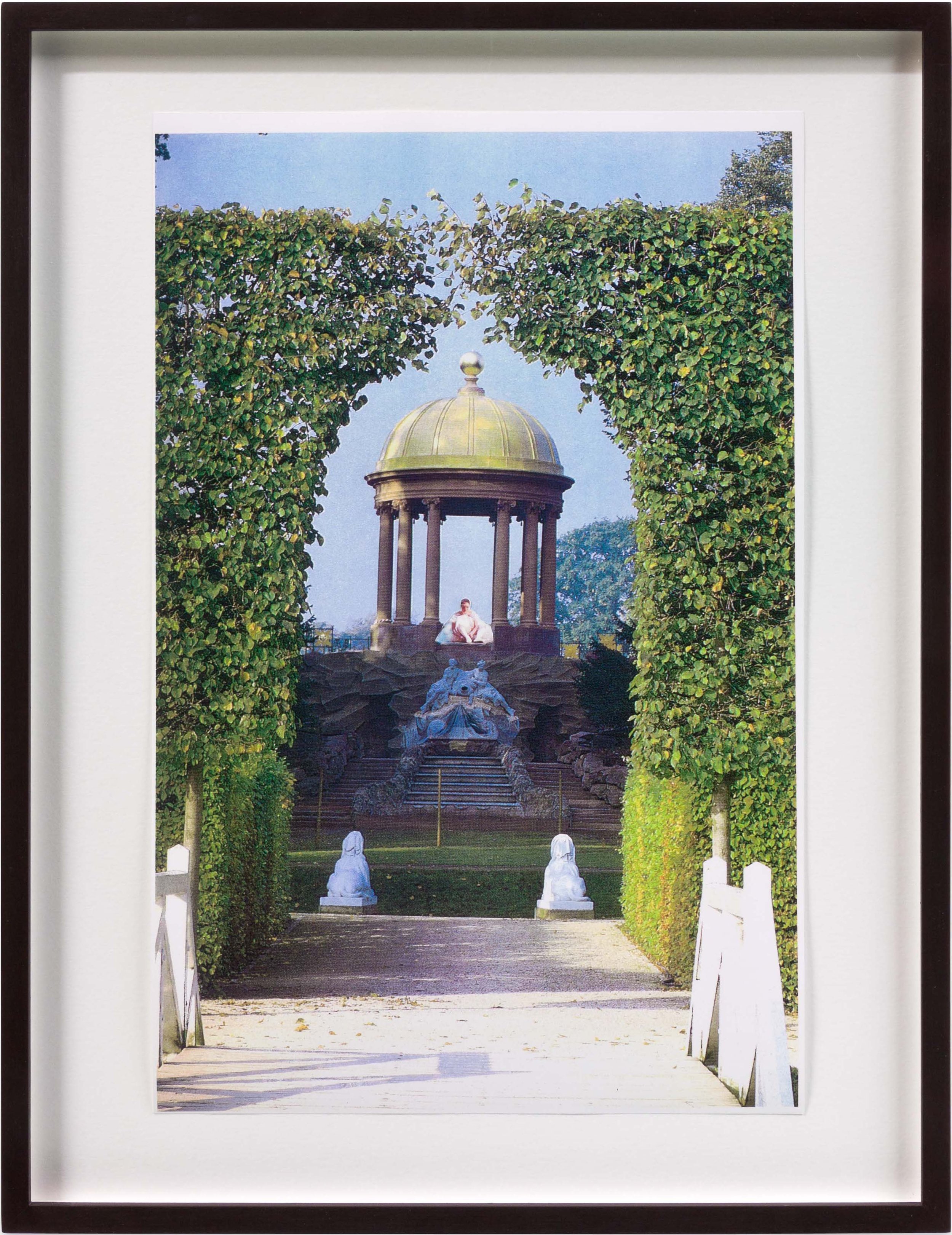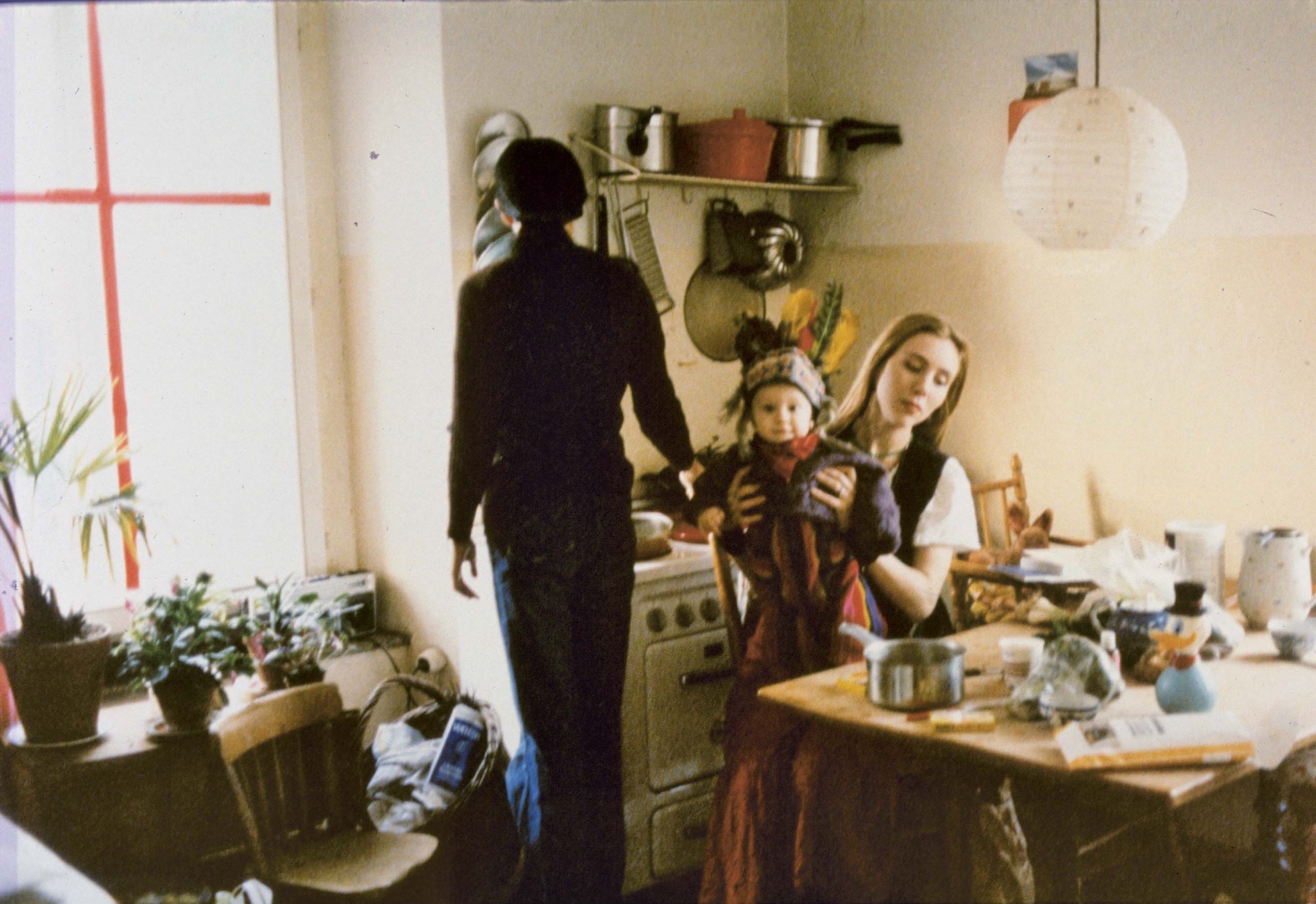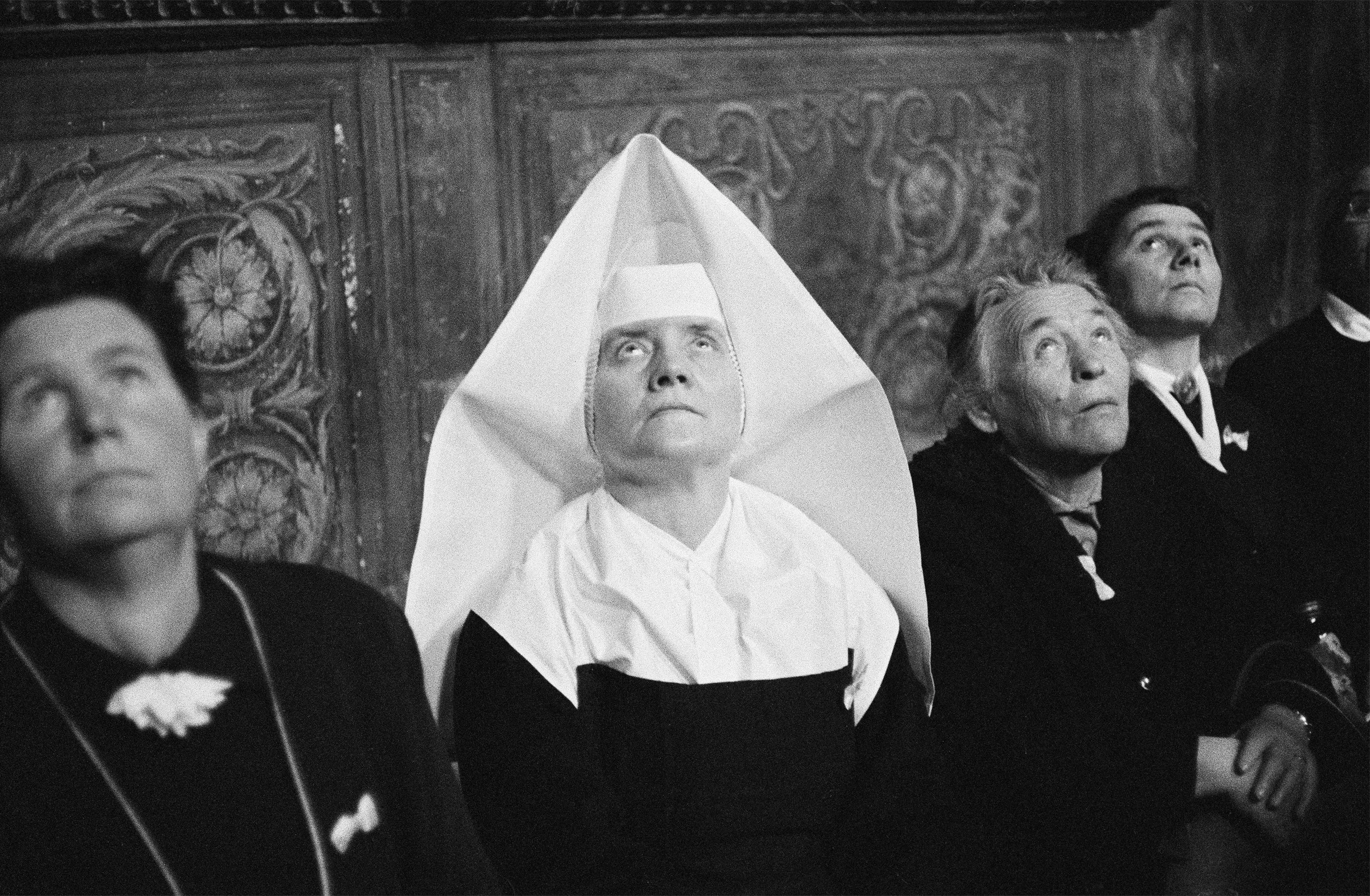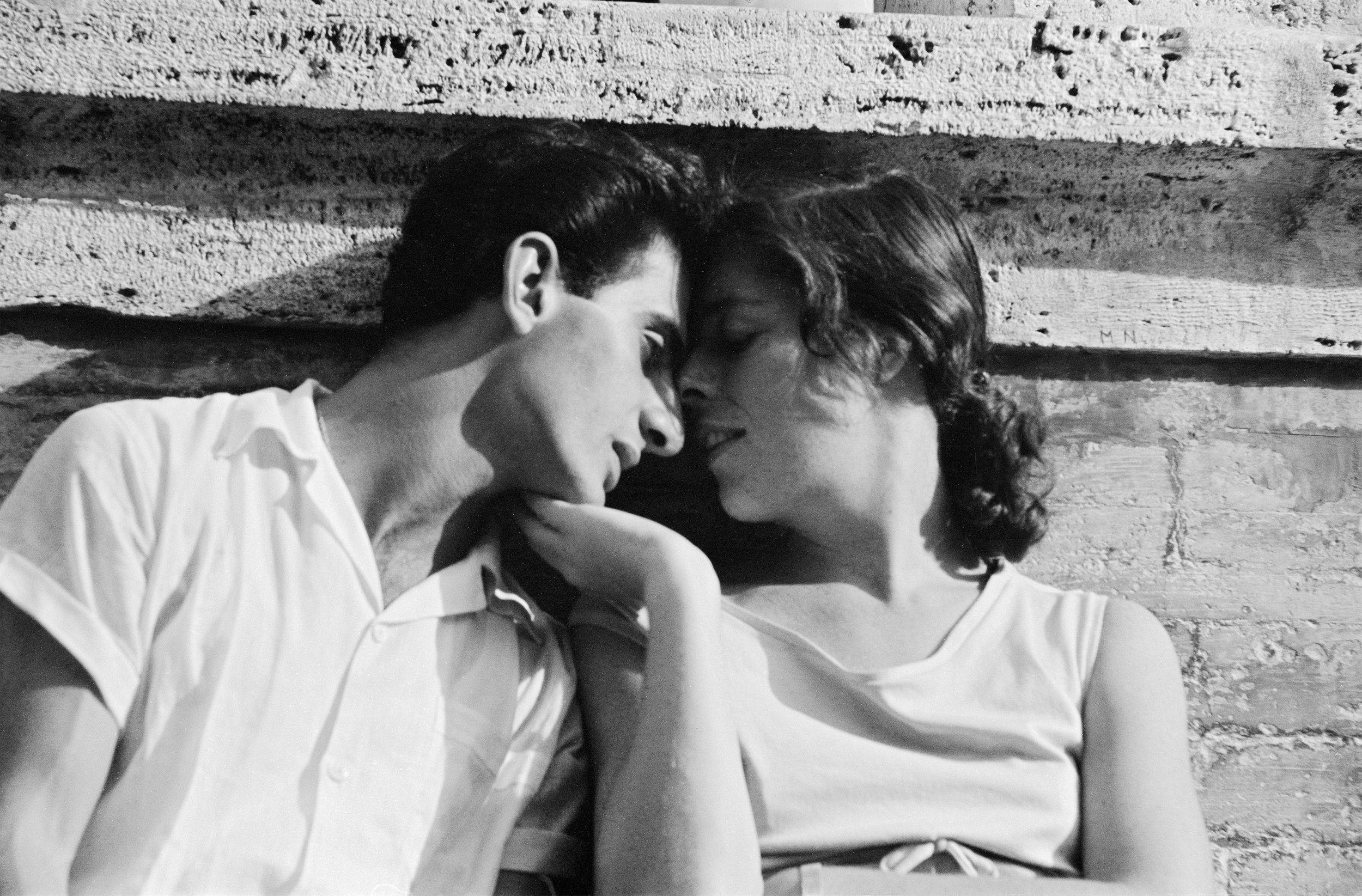Tracings - Daniel Schwartz | Kunstmuseum Luzern
Kunstmuseum Luzern
30. September 2023 - 4. Februar 2024
Tracings
Daniel Schwartz
Ankerkette. Haiphong, Vietnam, 1993, Fotografie, © 2023 Daniel Schwartz / VII, ProLitteris, Zürich
Daniel Schwartz (*1955) reist dahin, wo es brennt, in die Krisenregionen dieser Welt. Akribisch hält er Situationen mit der Kamera fest, in denen andere wegschauen. Der Schweizer Fotograf ist ein Fährtenleser, der sich auf die Spur seines eigenen Werks macht. Für die Ausstellung Tracings öffnet er sein Archiv, das einen umfangreichen Bildkorpus aus den letzten 50 Jahren umfasst, und zeigt unveröffentlichte Schätze. Auch in seinen Bildern folgt Daniel Schwartz Spuren: traurigen Überresten von verschwindenden Gletschern auf der ganzen Welt, dem Marsch von Khmer-Soldaten auf einer verminten Strasse in Kambodscha, die leer zurückgelassene Nische der von den Taliban zerstörten Buddhastatuen in Bamiyan oder von Uigur:innen unter Zwang gegrabenen Bewässerungskanälen in der chinesischen Wüste. Dabei vertritt er eine engagierte Haltung, niemals die Menschen blossstellend, die er unter schwierigen Umständen porträtiert. Ausschliesslich analog und meist schwarzweiss zeugen Schwartz’ Bilder von seinem kritischen Auge, mit dem er die Brutalität der Wirklichkeit in den Fokus nimmt.
Kuratiert von Beat Wismer
Daniel Schwartz (*1955) se rend là où ça brûle, dans les régions en crise du monde. Il immortalise méticuleusement avec son appareil photo des situations où d'autres détournent le regard. Le photographe suisse est un traqueur qui part sur les traces de son propre travail. Pour l'exposition Tracings, il ouvre ses archives, qui comprennent un vaste corpus d'images des 50 dernières années, et montre des trésors inédits. Dans ses images aussi, Daniel Schwartz suit des pistes : les tristes vestiges de glaciers en voie de disparition dans le monde entier, la marche de soldats khmers sur une route minée au Cambodge, la niche laissée vide des statues de Bouddha détruites par les talibans à Bamiyan ou des canaux d'irrigation creusés sous la contrainte par des Ouïghours dans le désert chinois. Il adopte une attitude engagée, ne mettant jamais à nu les personnes dont il fait le portrait dans des conditions difficiles. Exclusivement analogiques et le plus souvent en noir et blanc, les images de Schwartz témoignent de son œil critique, avec lequel il met l'accent sur la brutalité de la réalité.
Commissariat de Beat Wismer
Daniel Schwartz (*1955) viaggia dove c'è il fuoco, nelle aree di crisi di questo mondo. Con la sua macchina fotografica cattura meticolosamente situazioni in cui gli altri guardano altrove. Il fotografo svizzero è un segugio che si mette sulle tracce del proprio lavoro. Per la mostra Tracings, apre il suo archivio, che comprende un ampio corpus di immagini degli ultimi 50 anni, e mostra tesori inediti. Daniel Schwartz segue le tracce anche nelle sue immagini: i tristi resti di ghiacciai scomparsi in tutto il mondo, la marcia dei soldati khmer su una strada minata in Cambogia, la nicchia vuota delle statue di Buddha a Bamiyan distrutte dai Talebani o i canali di irrigazione nel deserto cinese scavati sotto costrizione dagli Uigur:ins. Nel farlo, assume una posizione impegnata, senza mai esporre le persone che ritrae in circostanze difficili. Esclusivamente analogiche e per lo più in bianco e nero, le immagini di Schwartz testimoniano il suo occhio critico, con cui mette a fuoco la brutalità della realtà.
A cura di Beat Wismer
Daniel Schwartz (*1955) travels to hot spots, the world’s crisis regions. He meticulously photographs situations others looks away from. The Swiss photographer is a tracker, who is now setting out on the trail of his own work. For the exhibition Tracings he is opening his archive, with its extensive range of images from the past 50 years, and showing unpublished treasures. Daniel Schwartz also follows trails in his images: sad remains of disappearing glaciers all over the world, Khmer soldiers marching along a mined road in Cambodia, an empty niche left by the Buddha statues in Bamyan destroyed by the Taliban or irrigation tunnels in the Chinese desert which Uyghurs were forced to dig. In doing so the photographer adopts an involved attitude, never showing up the people he portrays under such difficult circumstances. Schwartz’ photographs, all of them analogue and most of them black-and-white, testify to the critical eye he casts on the brutality of reality.
Curated by Beat Wismer
(Text: Kunstmuseum Luzern)























































